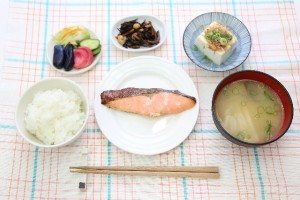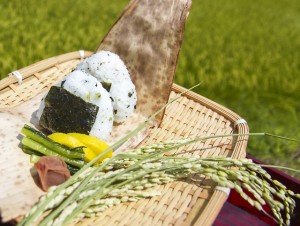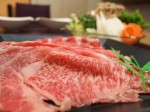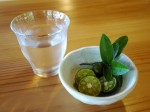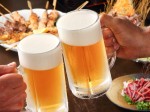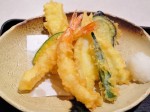Tsukemono | Pickles are an essential part of the Japanese dining experience!

What surely comes along as a side dish when you order a set meal or Japanese-style food at a restaurant in Japan? The answer is tsukemono.
Tsukemono is made by marinating vegetables such as Chinese cabbage, Japanese white radish, cucumber and eggplant long in salt, rice bran or miso. Fermented by the effect of an enzyme, food can be preserved for a long time. It takes on a distinctive flavor and increases in taste. Japanese tsukemono is related to pickle in Europe, Sauerkraut in Germany, Kimchi in Korea and Zha cai in China.
Tsukemono is varied according to what to marinate. Furthermore, each region has different custom, products and climate so how to marinate varies as well. In other words, Japanese pickles are correspond with cheese in Europe, many of them having the special taste that each local region has for many years. Thus it is hard to categorize it systematically. Among various types of tsukemono often eaten in Japan, here are 9 major pickles by pickling seasoning.
*Shiozuke: the pickling ingredient is salt. It is the most popular and has the longest history in Japan. E.g. ichiyazuke (overnight pickles), hakusaizuke (Chinese cabbage) and umeboshi (plum).
*Nukazuke: the pickling ingredient is rice bran. Each home used to have a “nukadoko,” a bucket of rice bran in which vegetables are pickled under the floor. As it is bothersome to stir rice bran every day, an easy kit for making nukazuke is now becoming popular. E.g. takuan (yellow pickled radish)
*Kojizuke: the pickling ingredient is malted rice. Less salty and very sweet. E.g.daikon-bettarazuke (Japanese white radish)
*Shouyuzuke: the pickling ingredient is soy sauce. Strong taste. E.g. fukujinzuke (white radish, eggplant, lotus root, etc.), shibazuke (eggplant, cucumber, etc.)
*Kasuzuke: the pickling ingredient is sake kasu or miso kasu. Refreshing taste. E.g. wasabizuke (green horseradish), narazuke (Cucumis melo, cucumber, etc.)
*Karashizuke: the pickling ingredient is salt and hot mustard. Pungent taste. E.g. nasu-karashizuke (eggplant), fuki-karashizuke (butterbur stalk)
*Suzuke: the pickling ingredient is vinegar. It’s often sweetened with sugar. Sweet-and-sour taste. E.g.Rakkyozuke (a type of onion), Senmaizuke (white turnip)
*Misozuke: the pickling ingredient is miso. Salty and miso-flavored. E.g. shoga-misozuke (ginger), Gobo-misozuke (burdock root)
*Moromizuke: the pickling ingredient is moromi, a fermented mixture of soy sauce, miso, water, malted rice and yeast. Pickling time is relatively short. E.g. kyuri-moromizuke (cucumber)
Tsukemono is nutritious and healthy food containing dietary fiber, vitamin C, kalium and iron. You may care it has a high salt content but not so much compared to other foods. You would rather eat it on a daily basis without worrying about excess salt intake. It is good for dieting as well. Why don’t you try it?

